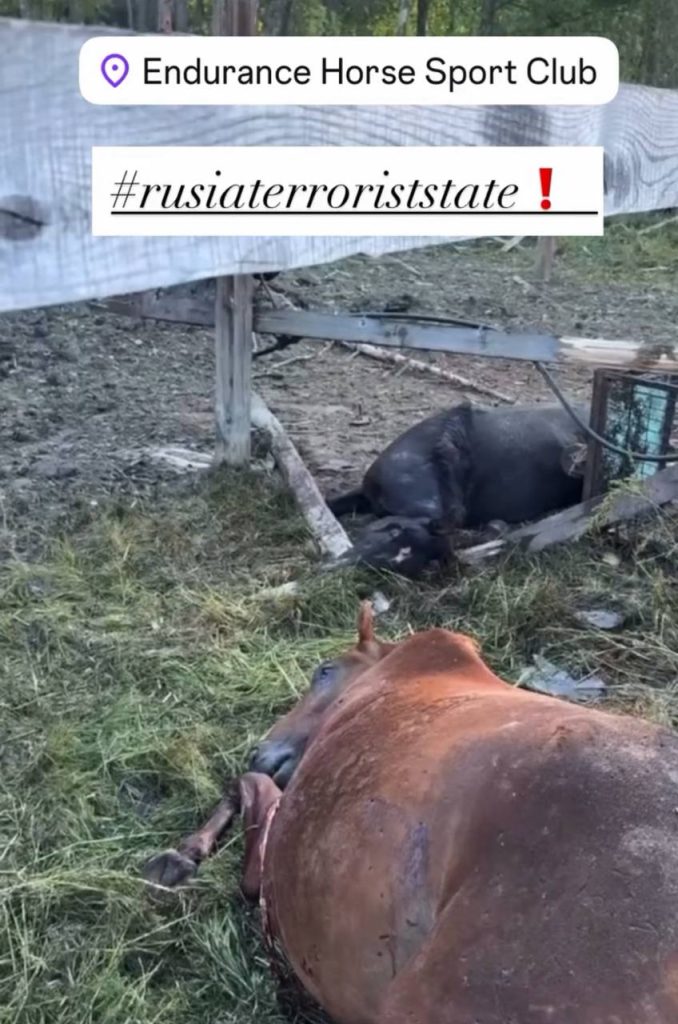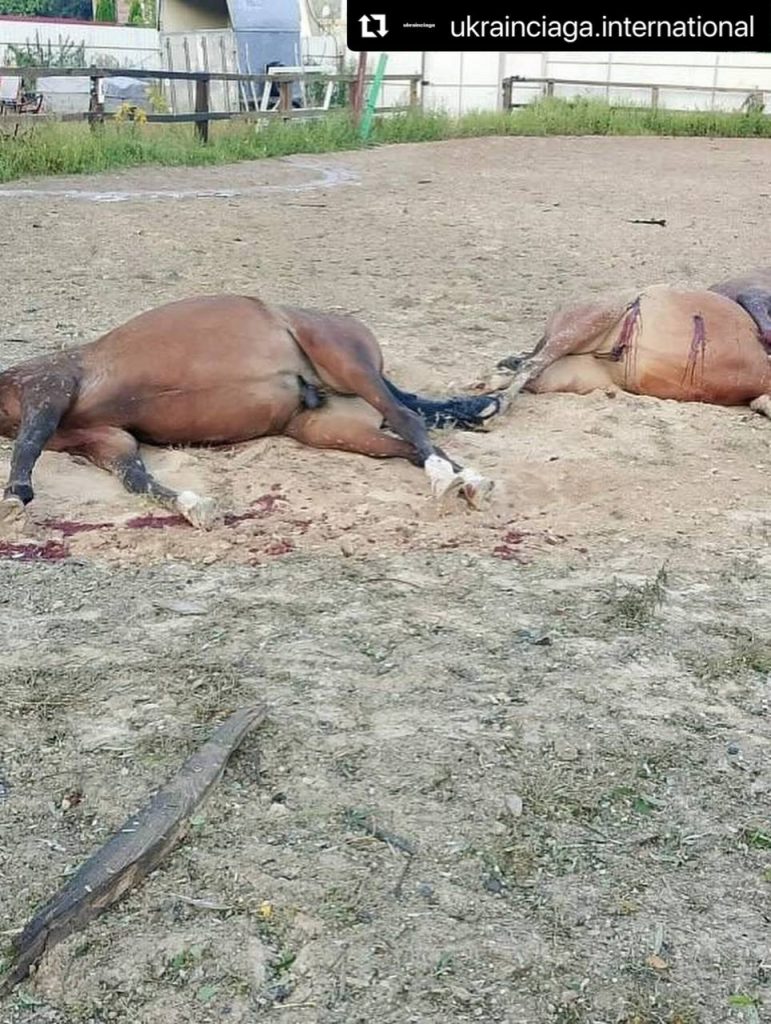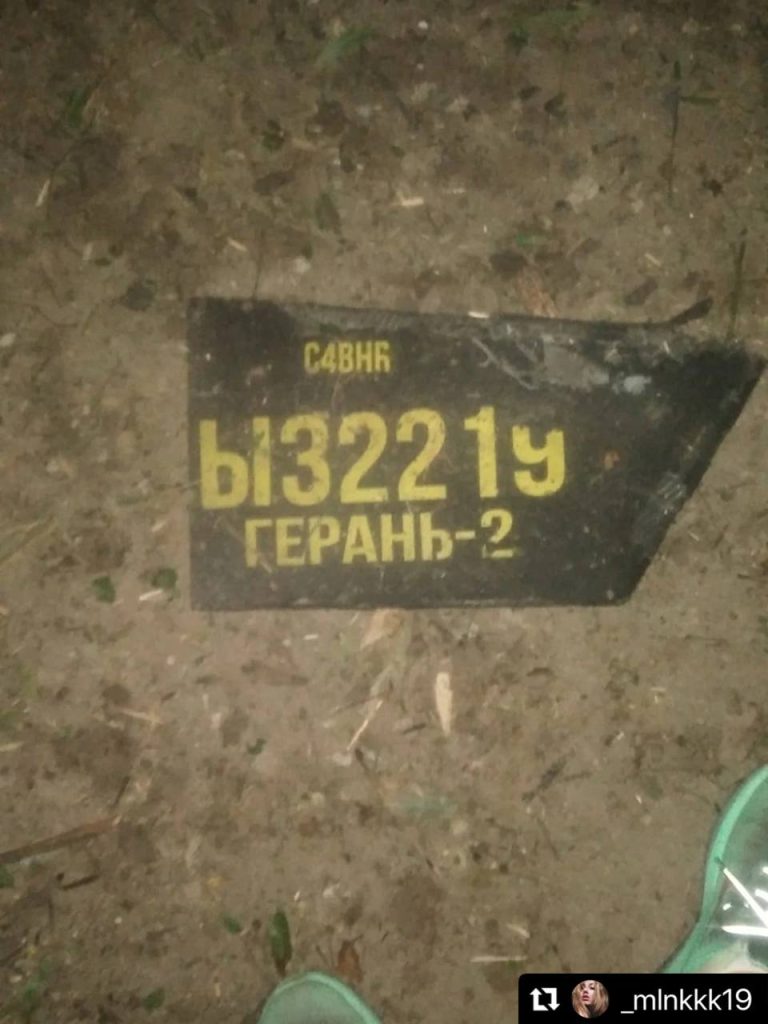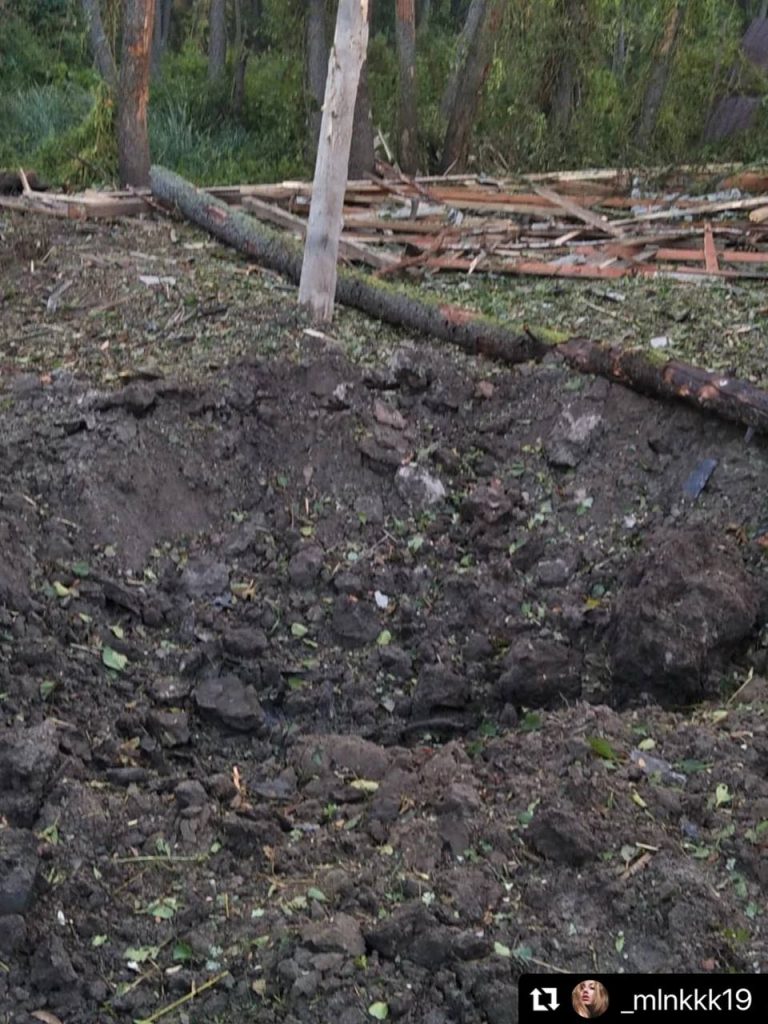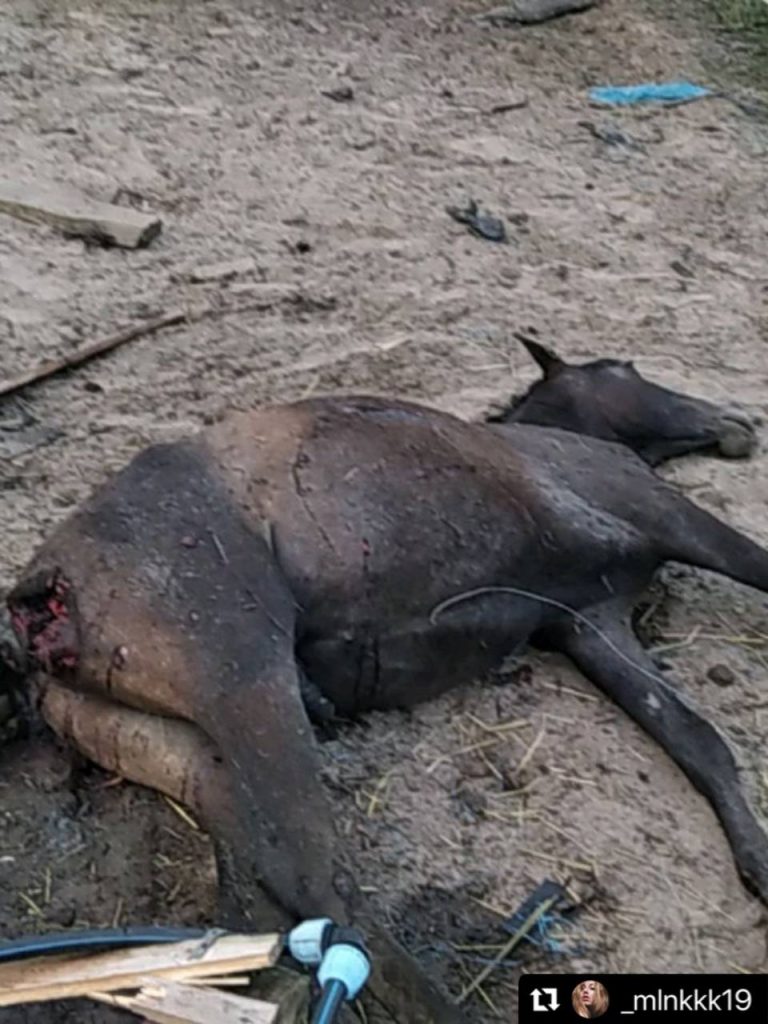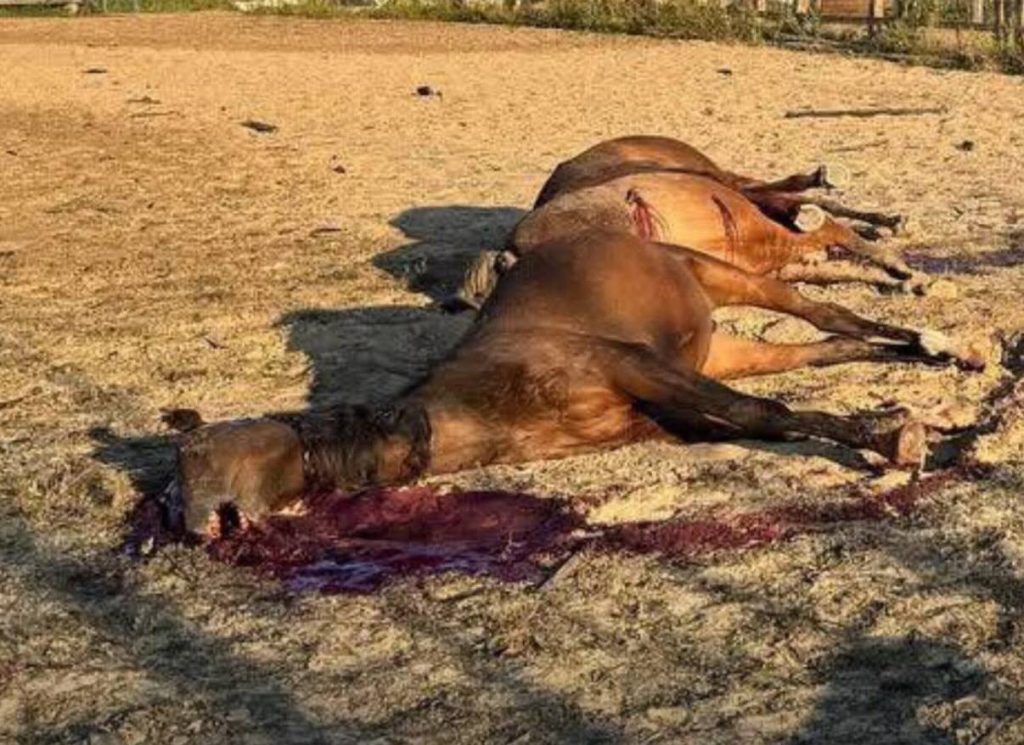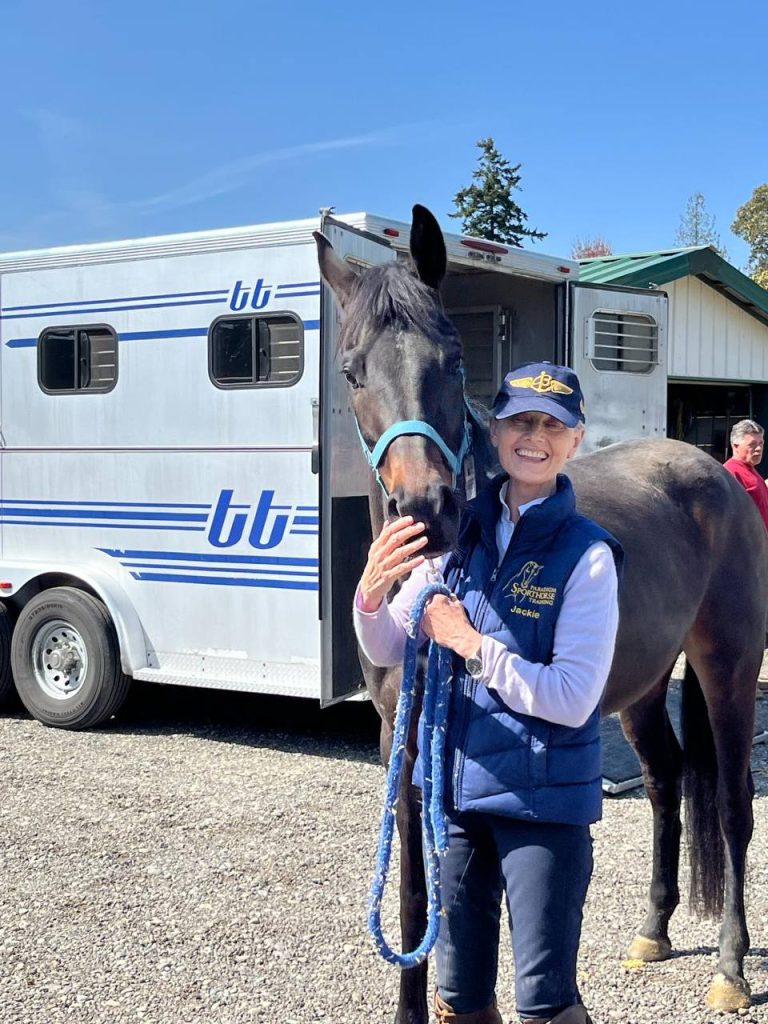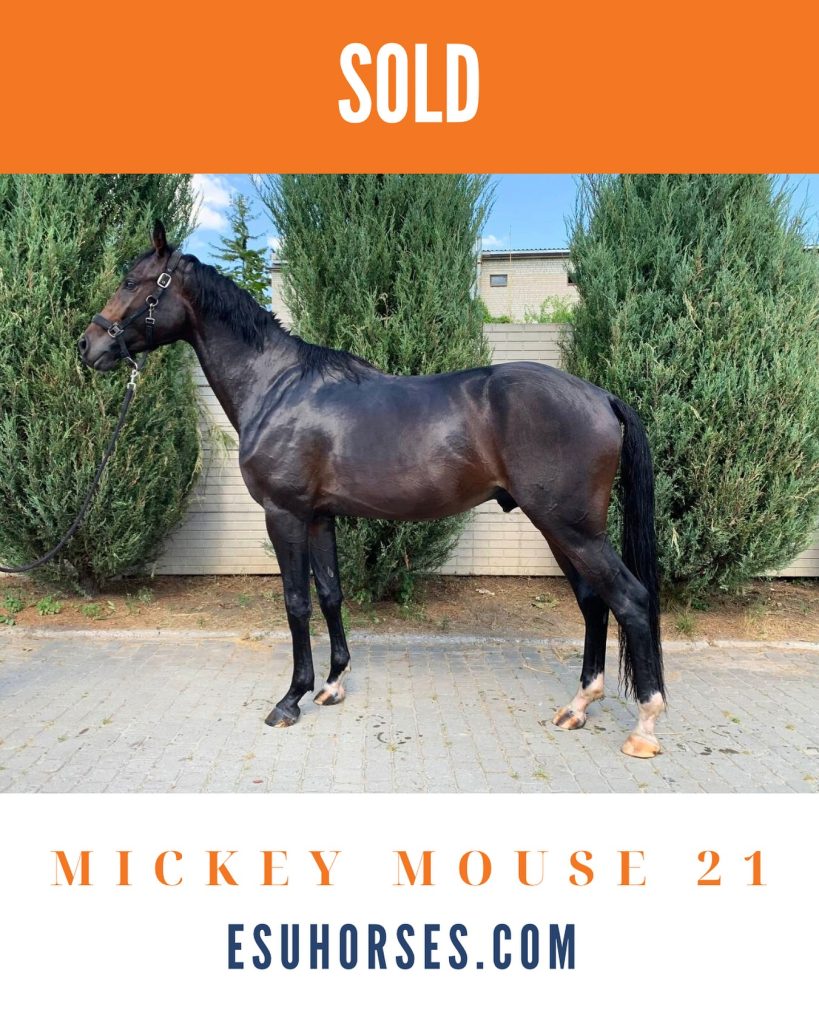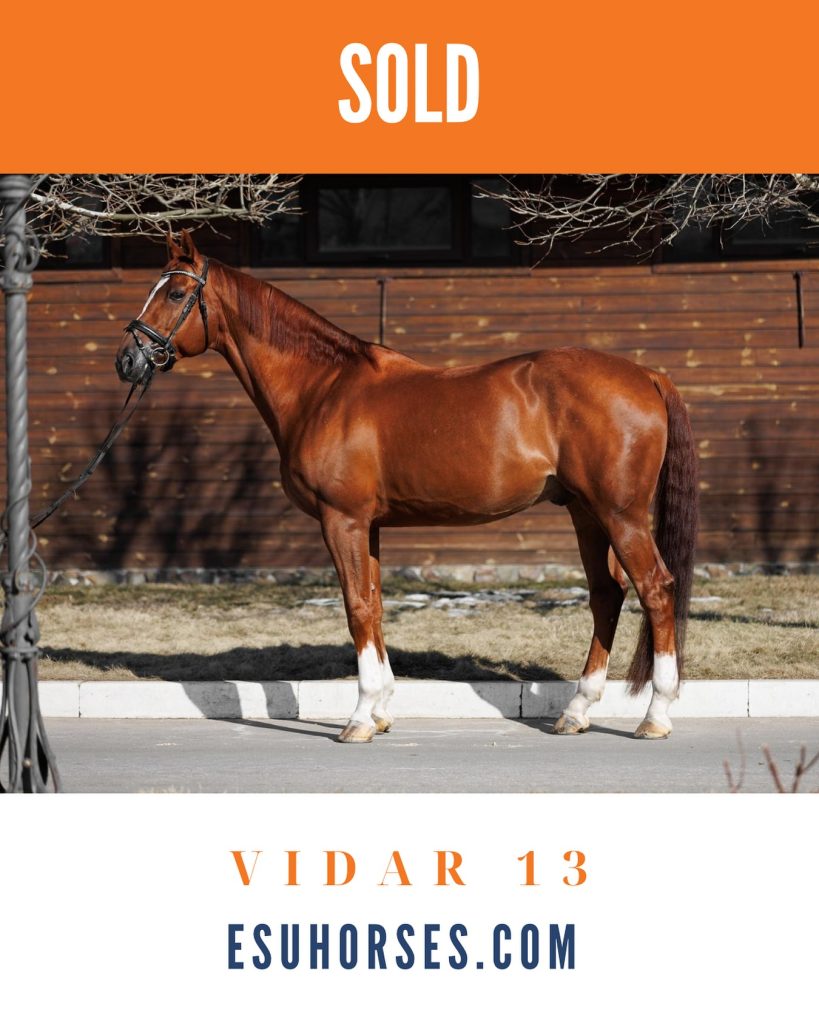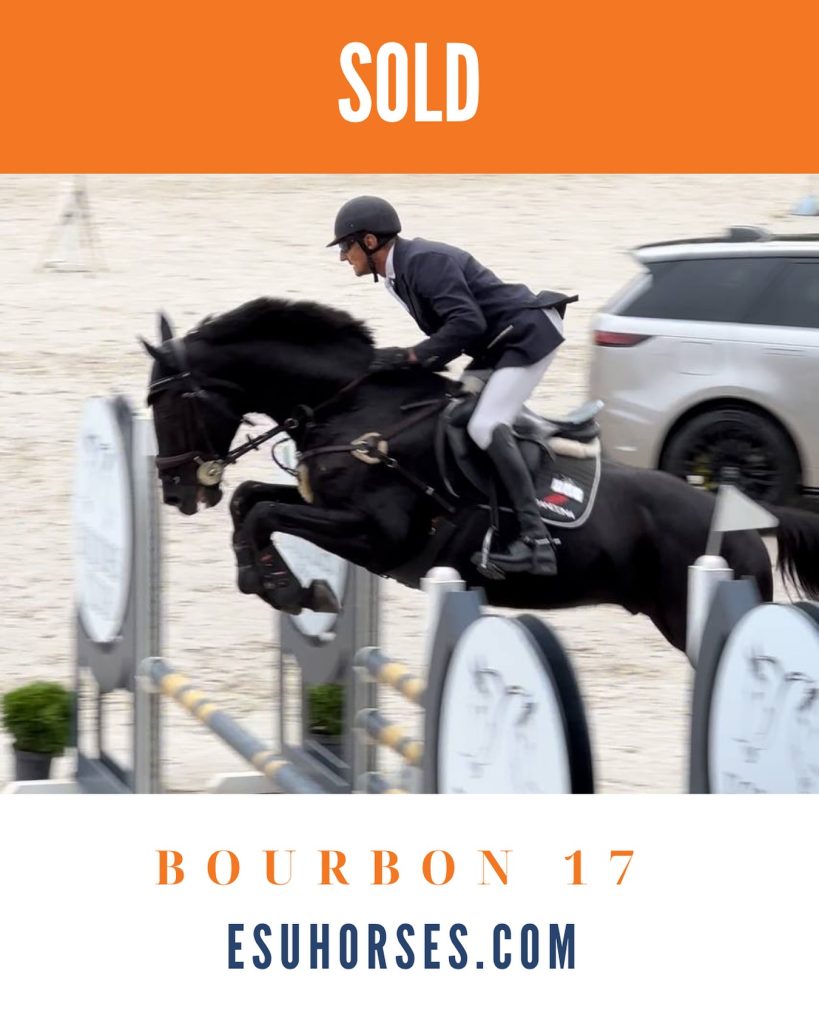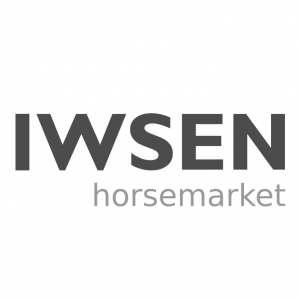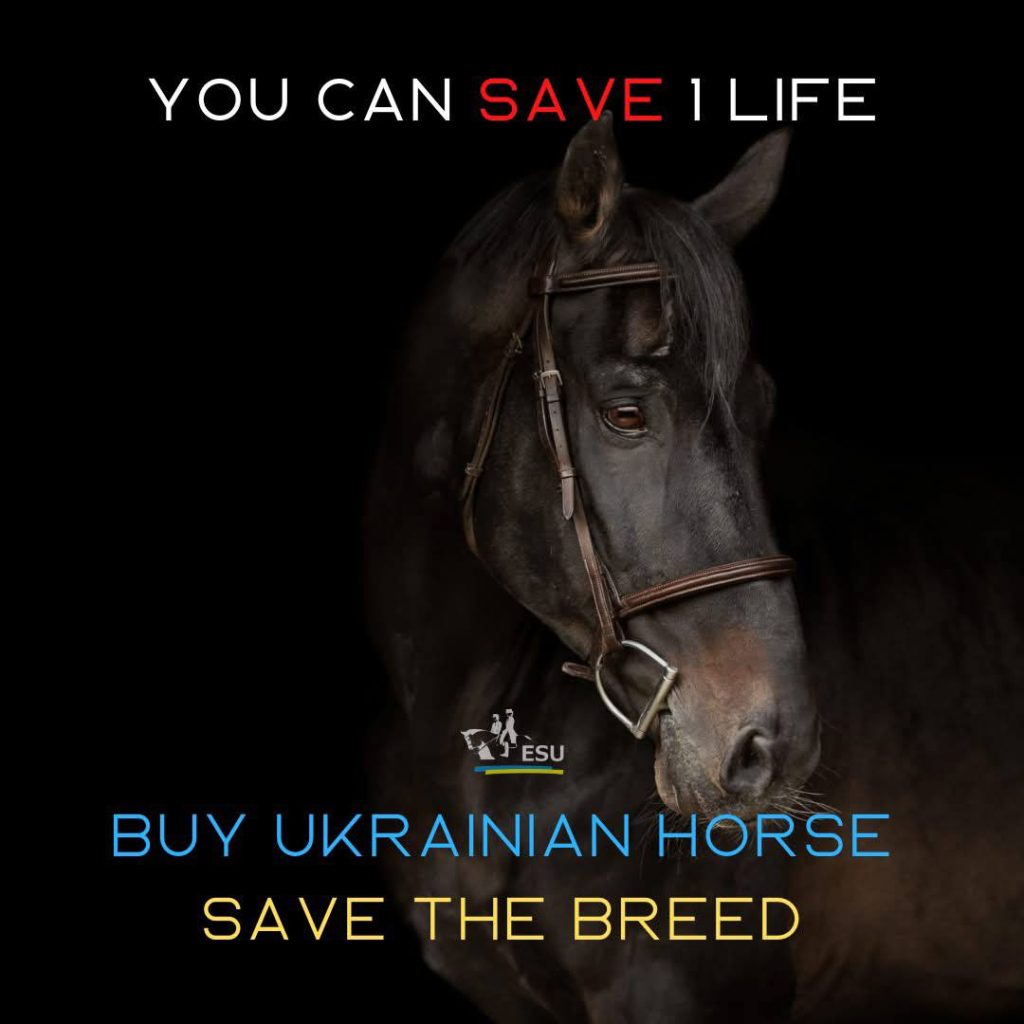
In Ukraine, the topic of a vet check (pre-purchase veterinary examination) is becoming increasingly common among potential horse buyers. This trend is natural, as European standards are gradually shaping the rules of the equestrian market here.
So, what exactly is a vet check, when is it truly necessary, and how much does it cost? Let’s take a closer look.
What Is a Vet Check?
A vet check is a comprehensive pre-purchase veterinary examination of a horse’s health, which includes both clinical diagnostics and radiographic (X-ray) evaluation.
The procedure is carried out according to an official document — the Protocol of Clinical Examination of the Horse, which is printed, signed by the seller (or an authorized representative), and attached to the horse’s records upon completion.
The protocol includes:
-
Conditions under which the clinical and radiological examination is conducted
-
Information about the buyer (client) and the seller
-
Location and date of the exam
-
Names of all persons present
-
Detailed information about the horse
In the horse’s section, the following details are recorded:
-
Duration of ownership
-
Current use (competition, training, stall/turnout management, breeding)
-
Medications administered within the last six months
-
History of illness or lameness
-
Surgical procedures
-
Stereotypies (crib-biting, weaving, etc.)
-
Allergies or skin diseases
-
Housing conditions (stable, paddock, open housing)
-
Feeding system (dry hay, steamed hay, oats, pellets, etc.)
-
Bedding type (straw, shavings, peat, other)
Before the examination, the seller signs a declaration confirming that all information is provided truthfully and agrees, if necessary, to the removal of shoes and/or sedation of the horse.
The horse’s identification details are also listed — microchip number, markings (according to the passport or observed during the exam) — as well as the client’s comments on any existing conditions or performance-related concerns.
Clinical Examination
The vet assesses the horse’s overall condition and fitness, including:
-
Behavior and demeanor
-
Skin and coat (injuries, scars, swelling)
-
Rectal temperature
-
Palpation of the head (teeth, jawline, eyes, lymph nodes)
This is followed by:
-
Neurological evaluation
-
Respiratory system check (discharge, coughing, lung/trachea auscultation)
-
Cardiovascular assessment (pulse, heart auscultation, jugular vein)
-
Reproductive system check (external genitalia)
Orthopedic Examination
At rest:
-
Inspection/palpation of the neck, back, chest, abdomen, croup, and pelvis
-
Examination of all limbs (left/right, front/hind)
-
Hoof condition and presence of shoes
In motion:
-
Walk and trot on a hard surface
-
Flexion tests (1-minute per limb: LF, RF, LH, RH)
-
Movement in a figure-eight pattern to detect lameness or neurological signs
-
Movement on a circle on a hard surface
Under load (lunging, under saddle, or free movement):
-
Response to exercise (coughing, discharge, abnormal respiratory sounds)
-
Heart and respiratory rate (before, during, and 10 & 20 minutes after work)
Any abnormalities or reasons for stopping the exam are noted. If no issues are found that could affect general health or performance, this is also recorded.
Radiographic Examination
The standard X-ray set includes 16 images, taken according to European (German) standards:
Forelimbs:
Hindlimbs:
The protocol must indicate examination conditions, place and date, and include signatures from both client and veterinarian.
⚠️ Note: X-rays are performed following the German standard, meaning they can be interpreted by any qualified veterinarian both in Ukraine and abroad. Ukrainian vets are now fully capable of producing images at the correct diagnostic angles.
Who Pays for the Vet Check?
In Europe, when a horse is listed for sale, X-rays are almost always available in advance — it’s the first thing a potential buyer asks for.
If there are no X-rays, the horse is often not even considered, regardless of talent. The images may not always be recent, but their presence signals transparency and professionalism. Fresh X-rays can be done at the buyer’s request or by mutual agreement.
Having pre-existing X-rays demonstrates the seller’s serious attitude toward the horse’s health and builds buyer trust.
In Ukraine, a full vet check can cost around $400, which sometimes discourages sellers.
For horses priced up to $10,000, a basic veterinary inspection may suffice.
However, for horses in the $10,000+ range, it’s hard to justify asking €25,000–35,000 without even providing basic X-rays.
So, what should a buyer do if no vet check is available? Are they expected to pay for examinations of every horse they’re interested in?
The optimal solution is a shared arrangement:
This is common practice in Europe, especially when older X-rays exist but need updating.
Recommendations
We strongly recommend that all horse owners have their horses X-rayed at least once — both to ensure their health and to be prepared for a quick sale, whether in Ukraine or abroad.
Preventive diagnostics are always cheaper than treatment — and can save both time and money in the long run.
To schedule a vet check according to German standards, please contact: [phone numbers / messengers]
+380930033998, Instagram @esuhorses , esuhorses@gmail.com





